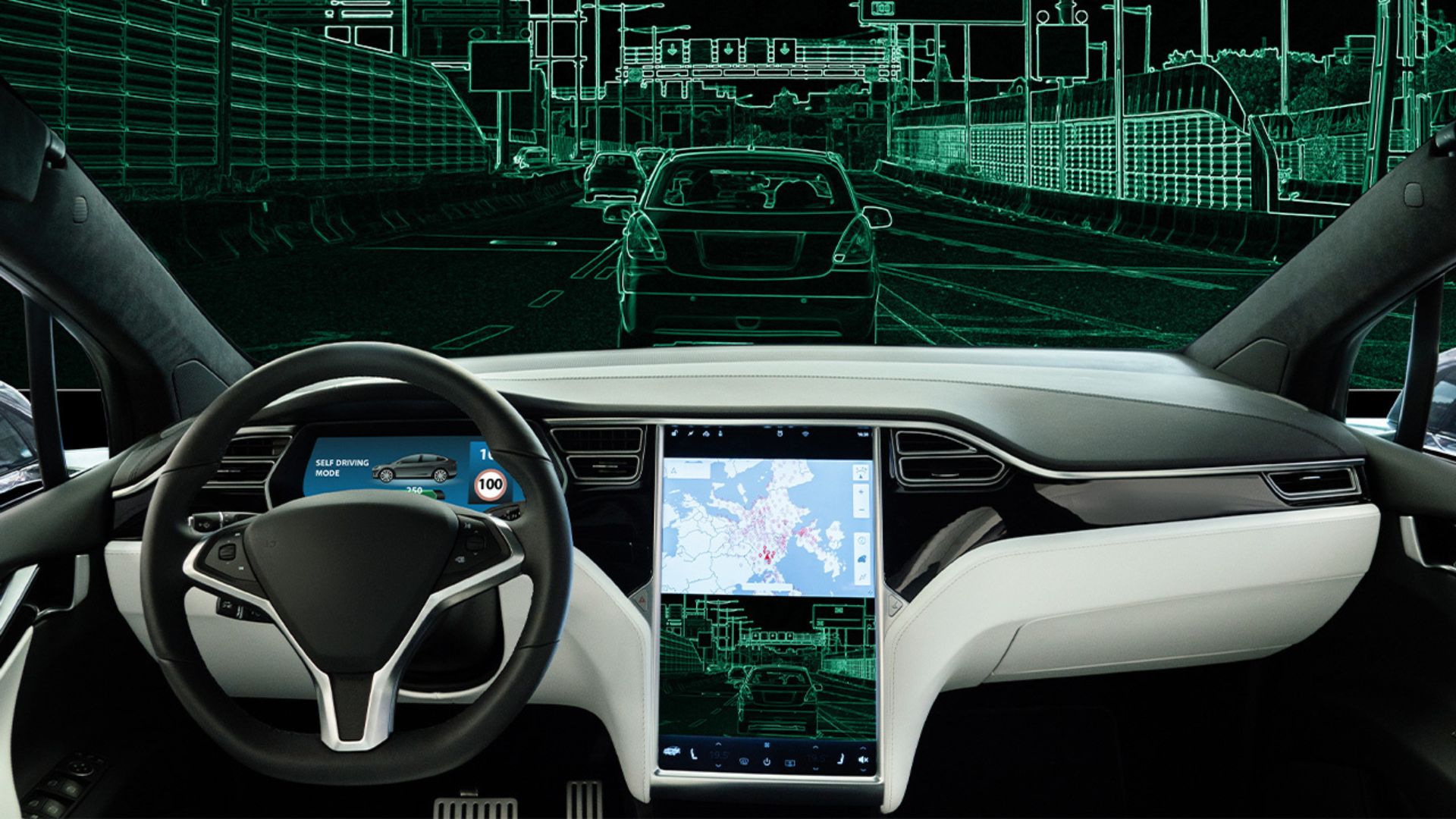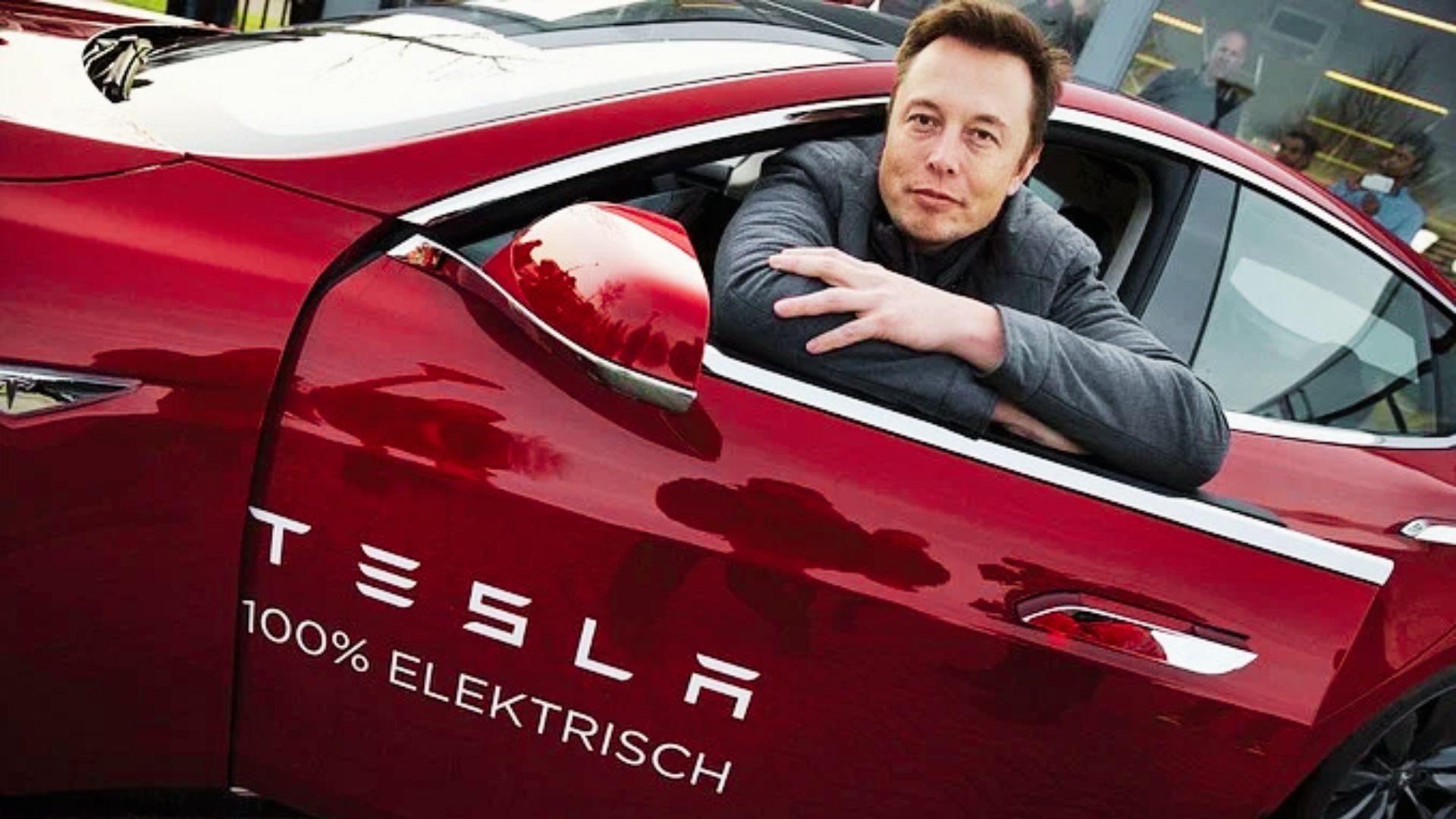Discover how Tesla’s Autopilot is charting the course towards full autonomy, transforming our drive into a safer, smarter journey.
Tesla’s Autopilot system is a beacon of innovation in the automotive industry, steering the world towards an era of full vehicle autonomy. With each software update and technological breakthrough, Tesla redefines our concept of driving, promising a future where our vehicles are not just tools, but intelligent companions on the road.
The Evolution of Tesla’s Autopilot
From Assisted Driving to Full Self-Driving: A Timeline
Tesla’s journey towards full autonomy began with the introduction of Autopilot in 2014, a system that offered advanced driver-assistance features. Over the years, Tesla has incrementally upgraded its software, moving from basic features like adaptive cruise control and lane-keeping assistance to more sophisticated capabilities that edge closer to full self-driving (FSD).
Key Software Updates and Their Impact on Autonomy
Each software update has brought Tesla closer to its goal of complete autonomy. Notable updates have included Navigate on Autopilot, which introduced automated highway driving, and the more recent city street driving features. These updates have not only enhanced safety but also the user experience, as the vehicles learn and adapt to complex driving scenarios.
Tesla’s Hardware: Building a Foundation for Full Autonomy
At the core of Tesla’s Autopilot evolution is its cutting-edge hardware. The company has developed custom chips designed specifically for machine learning and autonomous decision-making. This hardware is capable of processing vast amounts of data from the vehicle’s sensors in real-time, a necessity for achieving full autonomy.
The Technology Powering Tesla’s Autopilot
Understanding Tesla’s AI and Machine Learning Algorithms
Tesla’s Autopilot system relies heavily on artificial intelligence (AI) and machine learning algorithms. These algorithms process data from the vehicle’s external environment, enabling the car to make informed decisions on the road. Tesla’s neural network is trained on vast datasets collected from its fleet, allowing for continuous improvement in decision-making accuracy.
The Role of Sensors and Cameras in Autopilot Functionality
A suite of sensors and cameras gives Tesla’s vehicles their “sight,” feeding the AI with real-time data. Ultrasonic sensors, radar, and cameras work in unison to detect objects, read traffic signals, and navigate through traffic. This sensor fusion is critical for the Autopilot’s functionality, providing a 360-degree view around the car.
Data Security and Privacy in the Age of Autonomous Vehicles
With the increasing reliance on data, Tesla has emphasized the importance of data security and privacy. The company employs advanced encryption and security measures to protect user data, a crucial aspect as vehicles become more connected and autonomous.
The Road Ahead for Tesla’s Autonomy
Regulatory Hurdles and Safety Concerns
As Tesla pushes towards full autonomy, regulatory challenges and safety concerns remain significant hurdles. The company must navigate a complex web of global regulations while proving the safety and reliability of its Autopilot system to regulators and the public alike.
Collaboration and Competition: Tesla’s Place in the Autonomous Landscape
Tesla is not alone in the race for autonomy. The company faces stiff competition from other automakers and tech firms. However, Tesla’s approach to data collection and its proprietary technology set it apart. Collaborations with regulators and industry partners may be key to advancing the cause of autonomy.
Envisioning the Future: The Implications of Full Autonomy for Society
The advent of full autonomy promises to reshape society in profound ways. From reducing traffic accidents to changing the way we design cities, the potential impacts are vast. Tesla’s vision of a future with full autonomy aligns with its broader mission of accelerating the world’s transition to sustainable energy, as autonomous electric vehicles could significantly reduce carbon emissions and increase transportation efficiency.
Conclusion
As Tesla continues to refine its Autopilot system, the dream of fully autonomous driving seems increasingly within reach. With each update and improvement, Tesla is not just advancing its own technology but also paving the way for a future where the road is a safer, more efficient, and more sustainable place for everyone.




